Introduction
We sat down with Mads Gorm Hansen from Danish newspaper Information, to talk about churn prevention, and how to work with it technically.
Mads has the title of Customer Data Automation Specialist and we wanted to start the interview, with getting an understanding of what that fancy job title covers:
“Basically, I look at consumer behaviour on our digital platforms. This includes our app, our website, and our newsletters. So I look into the behavior of new and existing customers, in order to find out what we want to do with this specific, existing, or potential customer.
“At the same time, we do our best to ensure ethical practices around data. We never share any information with third parties, but we still think that we can find out specific metrics to help our organization, but also our customers. So we never seek to manipulate any of our users.”

Getting technical
So, when it comes to churn prevention, what kind of concrete measures do you use, when analysing customer behaviour?
“We generally look for changes in behaviour. This could be a change in the platform they use to read articles or a change in daily activity. We work a lot with recognising patterns of behaviour. If a member has been inactive for a long time, and then suddenly show activity across our platforms, this might mean that he is checking out the product to make a decision to churn or not.”

What do you do, in order to create a sort of “scoring”, so you know what to look for in a churning customer?
Well, we look at past customers with churn behaviour and look back to see, what was the behaviour of this customer, before he canceled his subscription. Then we compare with customers who have normal behaviour, and this way, you can start making standards for when a customer is about to churn. We call these churn predictors.
A challenging industry
We know that creating a subscriber in your industry, is quite expensive. It can take between 100-150 dollars in marketing costs to get a new subscriber in the system, so obviously, you’ll want to keep the subscriber engaged for a long time and it’s worth the money to invest in keeping the customer because they are so hard to get a hold on?
“That’s right! The analysis of behaviour doesn’t really have any value. It’s all about how you react and what churn prevention initiatives you can use. Concretely, we make sure to call them up in good time, to ask them if they are happy with their subscription or if there is anything they would like to change. You can also start targeting them on social media, to show them other sides of your business.”

“The important thing here is that you need to ask yourself whether you’re willing to give the customer a discount if he is not happy with the product. He might say that it’s too expensive, and then it doesn’t work that you just go “well, I’ll make sure to cancel your subscription, then”. You need to have some wiggle room to have a conversation with your customer and turn them back into the desired behaviour again.”
Proving the effects of Data Automation
If we must ask a critical question, we would like to know, how do you prove the effects of your analysis to your employer? How do you make sure that your analysis is correct?
“When I start making my model, I have a training set and a testing set. When comparing these, you can check yourself and see how many times you are right about your assumption. Then you divide customers into groups, depending on the likelihood to churn. Group 1 will have a very high risk of churning and group 2 a lower risk of churning. And when I investigate this a month after, I can see that 89% of group 1 DID actually churn. That’s how I know that my model works.”
That is all very cool Mads, it’s awesome to hear that you can work with churn prevention so systematically and, that subscription companies should hire people like you, to always keep track of the behaviour of subscribers.
Thank you so much for talking to us, we learned a great deal today. And good luck with your ongoing churn prevention work!


